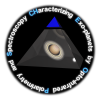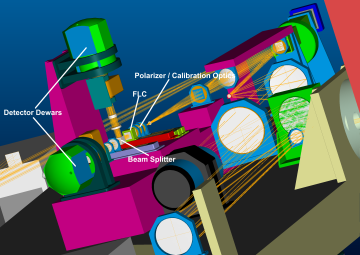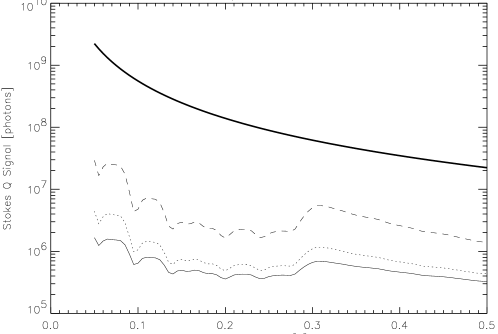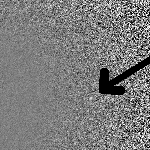
Contact
CHEOPS
Overview
on CHEOPS
BSCW Server
CHEOPS
Optics
3D Spectrograph
 |
Consortium Contact |
History of CHEOPS |
Project Overview |
Publications on CHEOPS |
Intranet BSCW Server |
|---|---|---|---|---|---|
| News | What is CHEOPS |
Science | Adaptive Optics |
ZIMPOL | Near-Infrared 3D Spectrograph |

|
PrincipleZIMPOL is an instrument principle developed at the Institute of Astronomy at the ETH Zürich. It is based on a fast polarization modulator, e.g. a piezo or ferro-electric retarder. This retarder works in the kHz range and converts the polarization signal into a fractional modulation of the intensity. A special CCD, on which every second row is masked and charges are shifted back and forth in phase with the modulator during integration, registers this intensity modulated signal. This way, the images in the two polarization states are registered practically simultaneously, no flatfield problems occur, atmospheric and the atmospheric and instrumental aberrations affecting both images are identical. The frame is integrated over many shift/modulation cycles before it is finally read out. In the conceptual realization of the instrument, a beam splitter is introduced to avoid the loss of half of the photons blocked by the FLC polarizer at any time.

|
Performance In Simulations and laboratory experiments, we have shown that this device can achieve relative
polarimetric precisions of at least 10-5
Exploiting the fact that light reflected of a planetary surface or atmosphere is strongly polarized, this can be used to detect the
planet against the bright, but marginally polarized Exploiting the fact that light reflected of a planetary surface or atmosphere is
strongly polarized, this can be used to detect the planet against the bright, but marginally polarized speckle-halo of the central star.
In Simulations and laboratory experiments, we have shown that this device can achieve relative
polarimetric precisions of at least 10-5
Exploiting the fact that light reflected of a planetary surface or atmosphere is strongly polarized, this can be used to detect the
planet against the bright, but marginally polarized Exploiting the fact that light reflected of a planetary surface or atmosphere is
strongly polarized, this can be used to detect the planet against the bright, but marginally polarized speckle-halo of the central star.
|